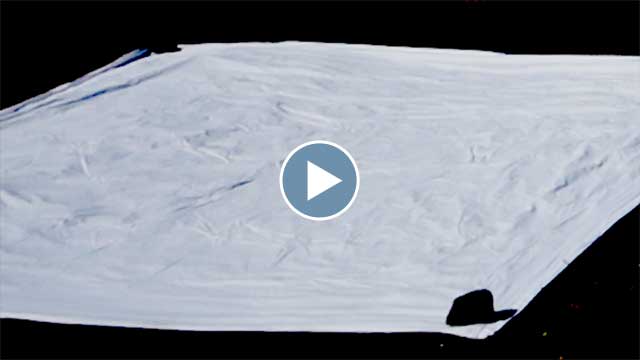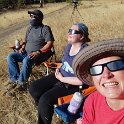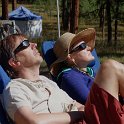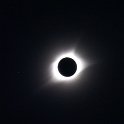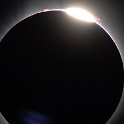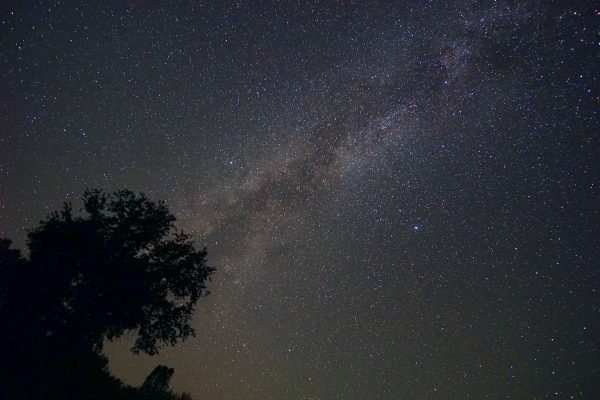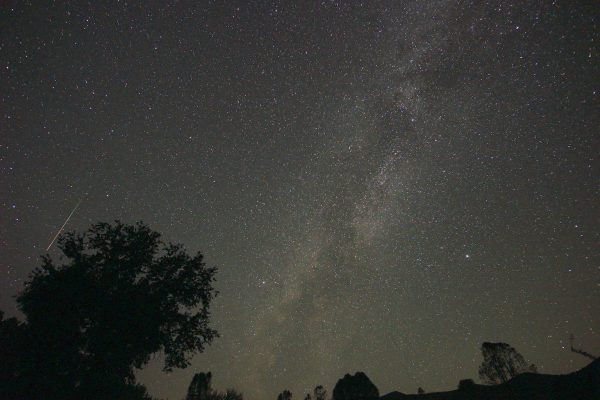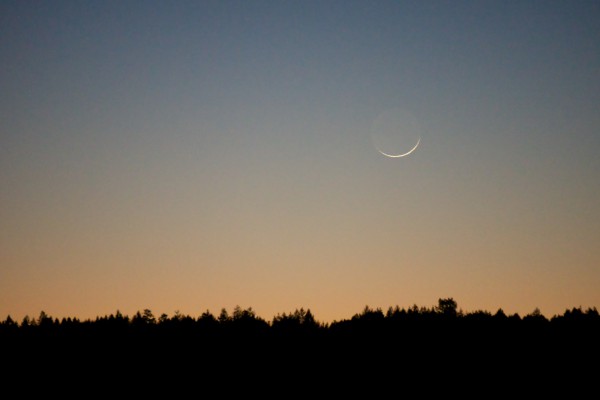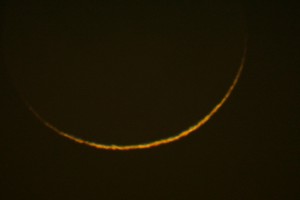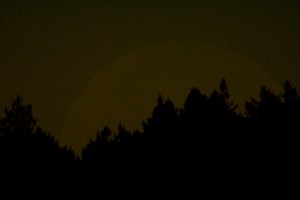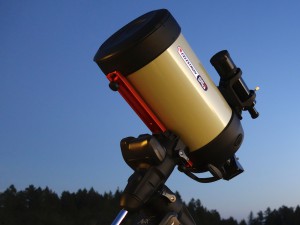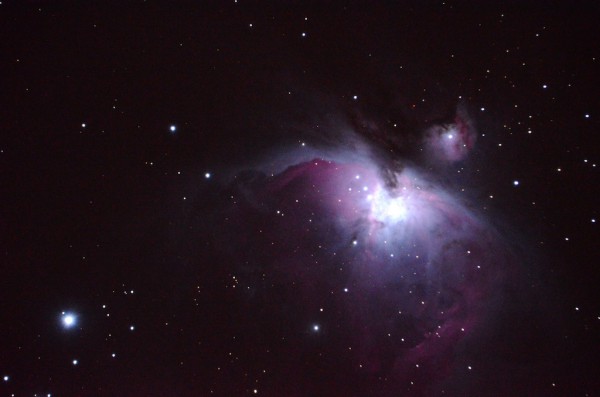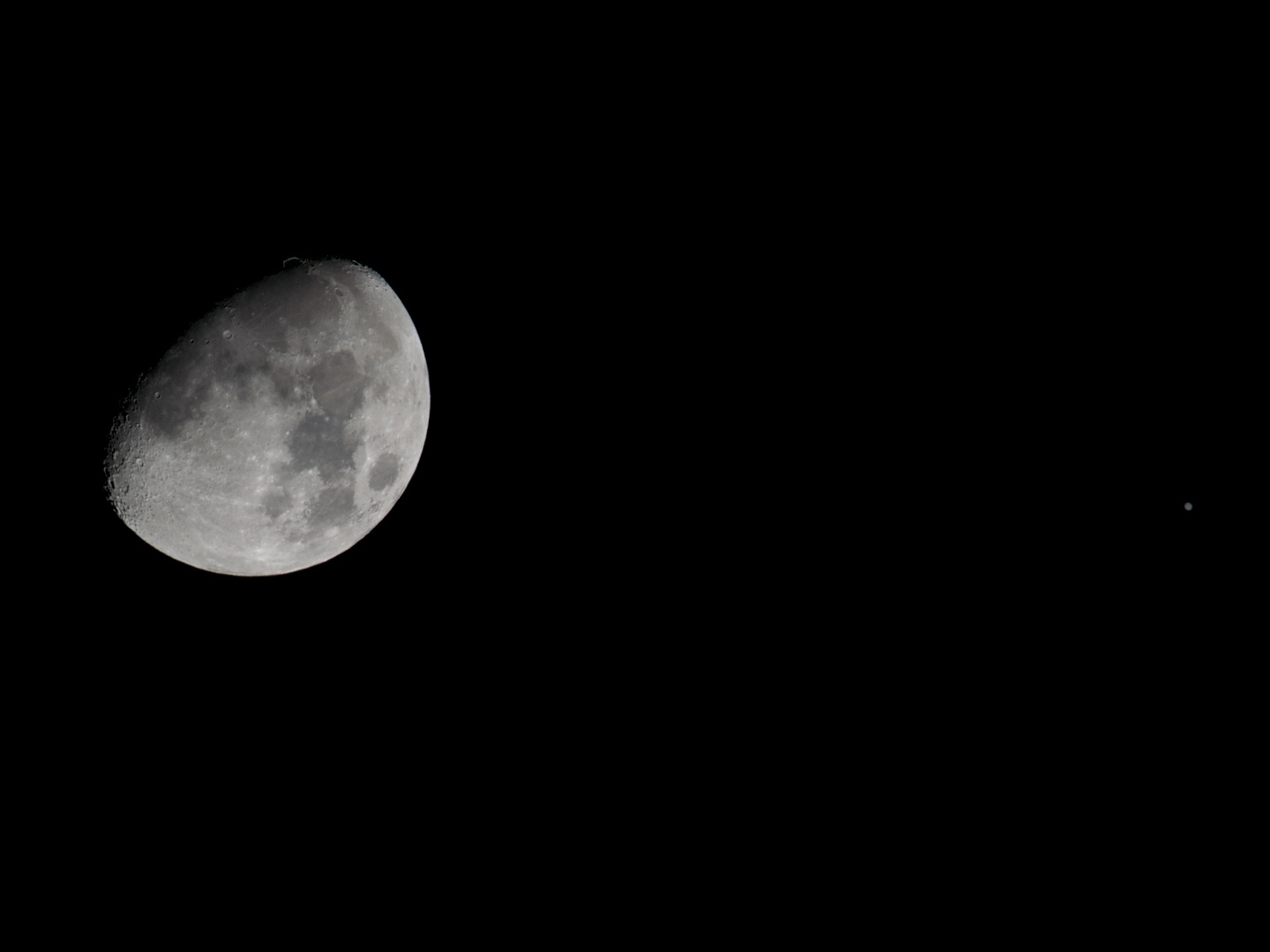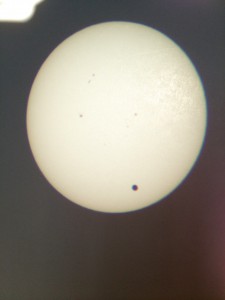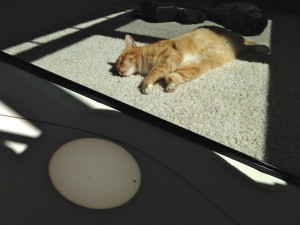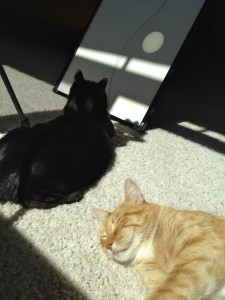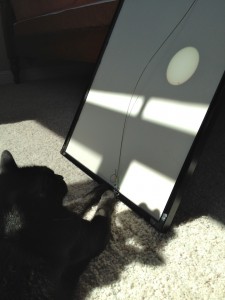Darlene and I managed to meet up with Glenn, Michele and Seaerra in Eastern Oregon this past week to experience the total solar eclipse together. We snagged a nice dispersed camping spot in the Malheur National Forest in an area I had scouted out back in June and we arrived four days early to get ahead of any potential crowds. As it turns out, we were in a remote enough area to only see a scattering of other campers.
We were also very lucky with the weather as there were a number of distant wildfires filling the skies with smoke days before and then it turned cloudy Sunday afternoon. But on Monday, August 21st, the day of the eclipse, we had clear blue skies! (And smoke-filled skies the very next morning.)

And yes, seeing a total solar eclipse is truly an amazing experience. There’s the hour or so of build up beforehand as the light turns queer and dim and the heat of the sun fades away but then, as the last thin crescent splinter of sunlight disappears, you pull off your eye protection and… boom! The sun’s gorgeous corona suddenly appears streaming all around the pure black disc of the moon. It’s an incredible sight to behold. The sky was dark enough to reveal a couple of planets and a few brighter stars. The sky doesn’t go completely dark because of both the sun’s wispy corona and scattered sunlight from 35 miles away or less in every direction, outside the shadow of the moon.
The view was entirely captivating but, before we knew it, our two minutes of totality was already ending: a small bright bead of light starts to form which quickly brightens to create the stunning “diamond ring” effect. And then back on with the solar filters and glasses.
I had several cameras set up and recording different perspectives: one with a telephoto lens, one on a drone hovering out-of-earshot, one focused on the scene of us and one on my telescope to capture a much closer view (an 8-inch Schmidt-Cassegrain with a focal reducer to widen the view) and I’m so glad I did as we were able to see several solar eruptions in progress around the edge. Gorgeous!
Darlene and Michele also took some nice pics and video with handheld cameras. Click through for the full gallery of pictures and videos:
Here’s Michele (my sister-in-law)’s take on the experience: Midnight Sun
Update: Somebody asked me about our white sheet spread out on the ground and whether we had managed to see the elusive “shadow bands”. The answer is no, but this question prompted me to go back to the video that was rolling the whole time to see if I could find them.
They’re supposed to be very faint, thin, moving shadows (aka, “shadow snakes”) that are difficult to see and more difficult to record. We had looked specifically for them on the sheet about a minute before totality and then of course we were completely distracted by the amazing show in the sky afterward.
However, examining the video recording more closely and turning up the contrast, I think I may have found them:
